How to prune irises after flowering?
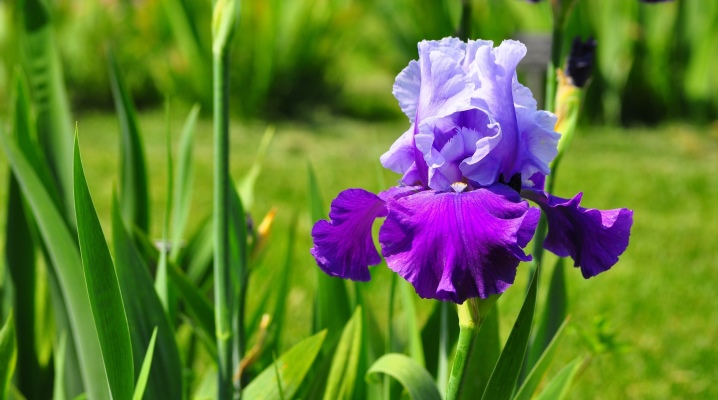
Iris is a perennial plant with long narrow leaves that produces a lush and abundant flowering. A fragrant and unusual flower blooms every spring in flower beds and in front gardens. It is worth considering in more detail how to deal with faded plants, whether they need to be cut, how and when it is done.
It is worth remembering that for a favorable wintering and abundant flowering in summer, irises must be properly looked after.
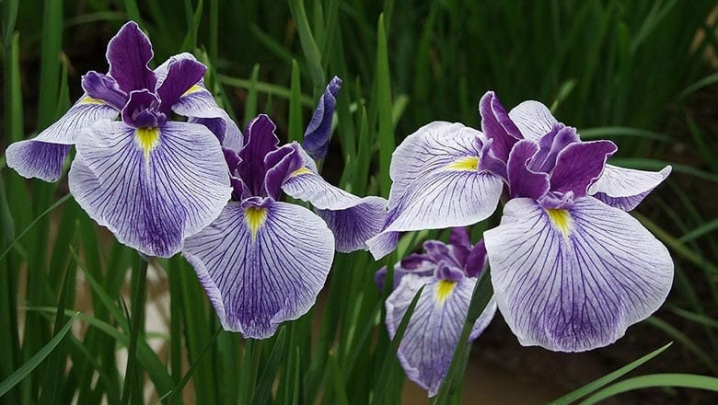
What is pruning for?
Irises of different varieties begin flowering at different times, namely:
- the earliest varieties in March and April (reticulum irises);
- later varieties in July and August (Kempfer's iris).
Important! The flowering period lasts from a week to a month (depending on the variety).
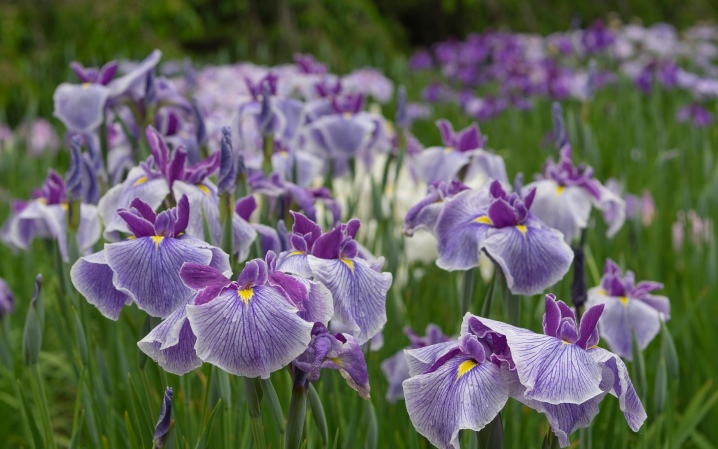
Blooming irises look great, but then the petals wither and dry out. In place of the fallen inflorescences, seed pods are formed. Seeds from them, falling into the soil, will sprout next spring. The ripening of seeds, and then the young plants emerging from them, take food and moisture from adult ornamental species. In hybrid species, overgrowth from fallen seeds will show signs of degeneration of the variety. Uncontrolled self-seeding disturbs the order in the flower bed and becomes an annoying obstacle to care and watering.
Timely pruning of dried flowers will help give abundant and lush flowering for the next season, and adult plants will not spend energy on seed formation. Faded and uncut shoots cause plant diseases: rot, fungi and pests can appear there.
During the flowering period, only dry inflorescences are cut, being careful not to damage the buds. When the peduncle has completely bloomed, it is cut off with the stem, leaving about 3 cm above the soil.
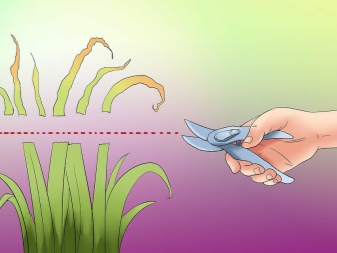
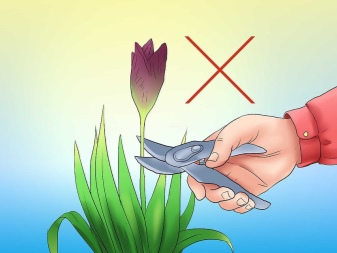
If you need to get seeds for sowing, one peduncle with one or two flowers is kept on the strongest plant. After the seeds ripen in the box, after 2 months it is cut and dried. The seeds are stored in a dry and dark place. They are sown in the same autumn, since last year's seeds are losing their germination. The plant itself is cut off only 3.5 weeks after flowering. In a few weeks, the irises will regain their strength and begin to form new roots. This usually happens in late August or early September.

The right time
Different varieties start and end flowering at different times. Its duration also depends on the variety, weather conditions and the age of the plant. The most abundant flowering in irises occurs in the fourth year of planting. By the time of the beginning of flowering, they are divided into groups such as:
- early varieties bloom in May;
- mid-early bloom in late May - early June;
- in June comes the turn of summer species;
- late varieties bloom in mid-July.
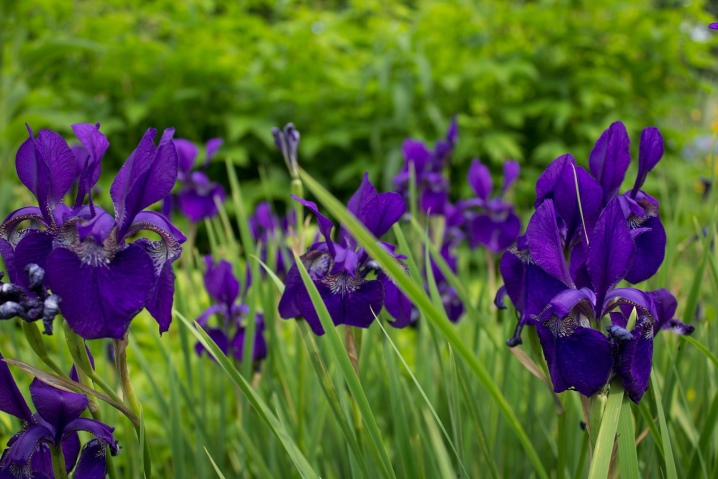
Some varieties bloom twice in one season: in spring and autumn. They are called remontants. All irises, after they have faded, must be cut off - this improves the decorative appearance of the plant. Over the summer, irises are pruned several times. During the flowering period in spring and summer, faded petals can be removed immediately along with the core, being careful not to damage the rest of the flowers and buds. This is done about twice a week.
After the end of flowering, the stems on which the inflorescences were located are cut off. Dry and damaged leaves are removed during the entire period of growth and flowering of irises. Full pruning of the plant is carried out only in the fall. Before transplanting or reproduction, long leaves are cut off, leaving a bush 17 cm high. This is done to preserve water and nutrients in the roots, and also so that the plant can take root more effectively after transplanting. The upper part of the leaf is removed 4 days before the transplant itself, but only 14 days after the last flower withers. This is done in the evening, when the sun has sunk low to the ground.
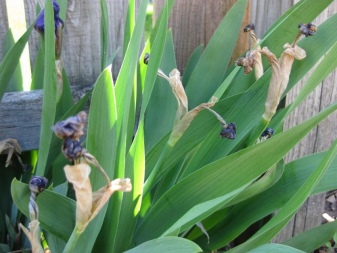
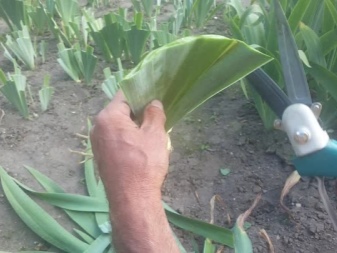
When the seeds ripen, which begins after the flowers wither, cut off all dry buds, leaving 1–2. Boxes with seeds are formed from the ovaries. So only species irises are recommended to propagate. Hybrid varieties do not retain the properties of the parent plant.
At the beginning of autumn, irises stop blooming. During this period, flowers and stems are cut, if this is not done, the plant will begin to rot. Leaves can be left until late autumn, until they turn yellow. Prune them in October when they fall to the ground. Green shoots are not removed, they will nourish the roots of the plant and help to better endure wintering.
The last pruning of irises is done for the winter before the first frost after the end of the rains in the fall.
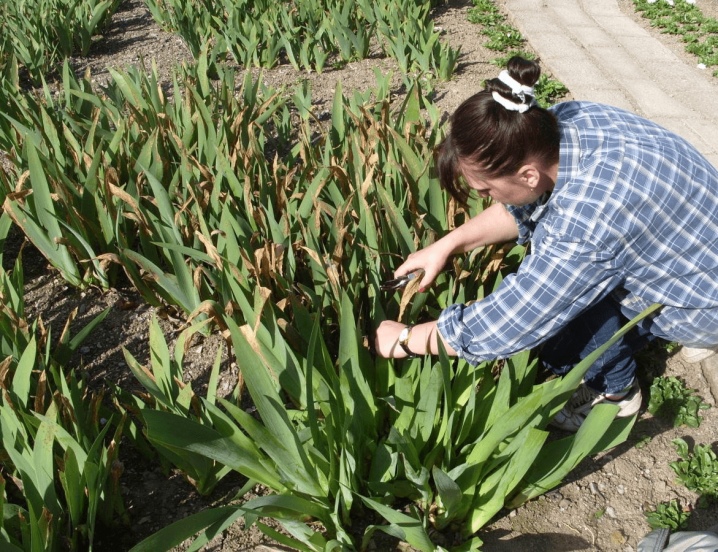
Step-by-step instruction
Let's consider in more detail, how to properly prune irises after flowering:
- fading flowers should be cut with sharp scissors 4.5 cm with a stem; cut off the faded buds together with the peduncle, since the seeds ripen there;
- flowers and buds are trying not to damage;
- after the end of flowering, the peduncles with the stem are removed, otherwise the plant may begin to rot or pests may settle there; cut with sharp scissors 3 cm from the root.
Iridarium - a front garden with irises - must be checked twice a week to remove wilted flowers that spoil the overall decorative appearance. It is safest to do this on a dry and sunny day to avoid rot on the cuts. It is not recommended to cut the leaves of flowering irises, as well as after the end of flowering. Only dry, yellowed or damaged ones are removed. Such shoots are removed all season from April to October.
Florists advise not to cut off green shoots on irises until the end of autumn, so the plant will better accumulate nutrients and vitamins for wintering.
At the end of the season, the foliage is cut off - this is a mandatory prophylaxis against pests and fungi. Insects leave eggs on the surface of the leaves. The cut parts of the leaves are burned.

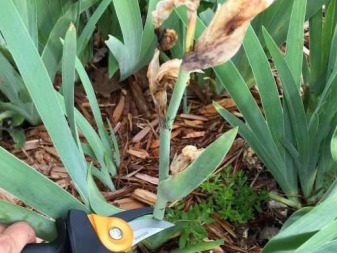
Pruning in the fall has the following sequence:
- the top is cut with a cone to a height of 14-15 cm from the ground;
- cut off parts are destroyed;
- sprinkle the roots with dry soil;
- plant for wintering is closed.
In a warm climatic zone, the leaves of rhizome irises do not have to be cut for the winter; only yellow, dry and damaged leaves are removed. In a warm winter, such plants are sprinkled at the roots with soil; for a cold and little snowy winter, a layer of humus and peat of about 20 cm is laid. The bulb crop is pruned completely and closed before winter begins. In the harsh climate of cold regions, they are dug up, disinfected in a weak solution of potassium permanganate or fungicide. Then they are dried for about a month at a temperature of + 25 ° C and stored in a dry, cool place from 0 to +4 degrees before planting.
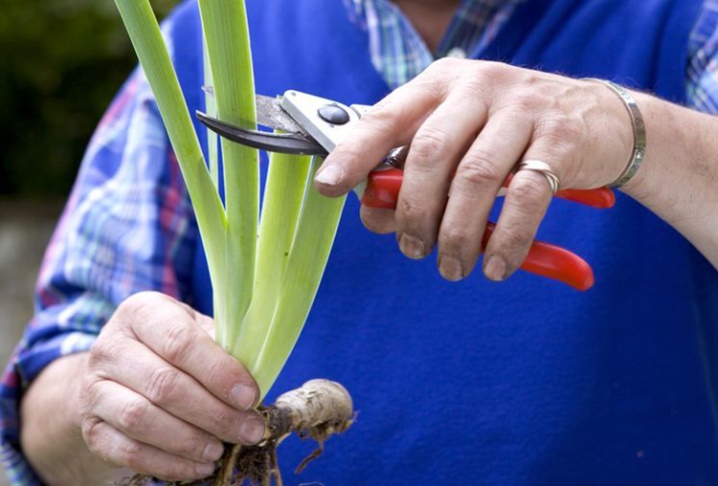
Further care
Cut off dry irises after flowering - to refine the decorative appearance of the front garden, exclude the possibility of self-seeding and promote abundant flowering. You should take care of irises as follows:
- cut off;
- fed with compost;
- are treated for diseases;
- watering is not recommended.
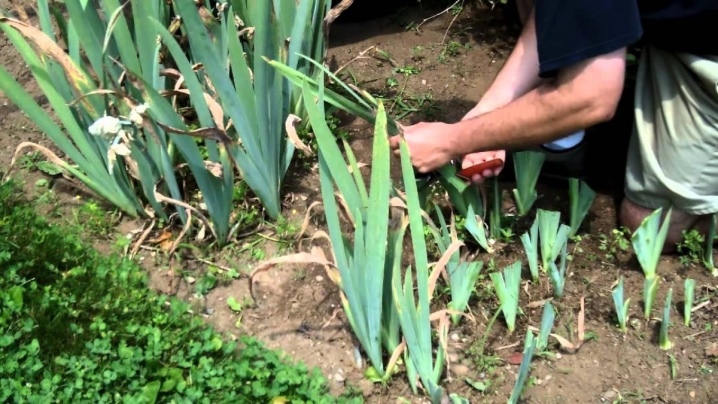
A month after the irises have finished blooming, they are fed with potash and phosphorus fertilizers (1 tablespoon per 1 bush). Top dressing is applied 12 days before pruning or two weeks later. Organic fertilizers are not used at this time. Outdoor irises do not require frequent watering. After a period of flowering, dry matter is formed in the rhizome of plants, and from excess moisture, the rhizome may begin to rot.
The soil around the bush is loosened 2 cm in depth, weeds are removed, if any. The roots of the plant are located close to the surface and these operations must be carried out carefully. The second pruning of irises is the last step in preparing the plants for the winter. It is made to bloom profusely next summer. In the second half of autumn, the foliage will dry out, it can be cut off. Only healthy foliage is trimmed with a fan or cone, dry foliage is removed entirely.
In October, before the onset of frost, irises are fed with potassium sulfate or the Osennee fertilizer. In dry autumn, irises can be watered no more than 2 times. After the end of the autumn rains (at the beginning of November), the leaves and the upper part of the rhizome are treated with fungicides.
Before wintering, top dressing is done with superphosphate fertilizers.
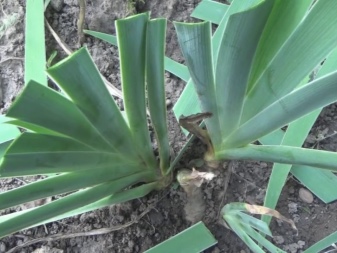

In order for a front garden with irises to endure well the winter, it is worth following the following steps:
- cut off dried and yellowed leaves;
- cover with peat or dry soil (mulch) with a layer of at least 20 cm;
- dry spruce branches (spruce, pine), foliage or agrotextile are laid on top;
- it is imperative to cover bulbous crops and plants transplanted this year;
- in March, the spruce branches are harvested, and the peat layer is removed from the roots.
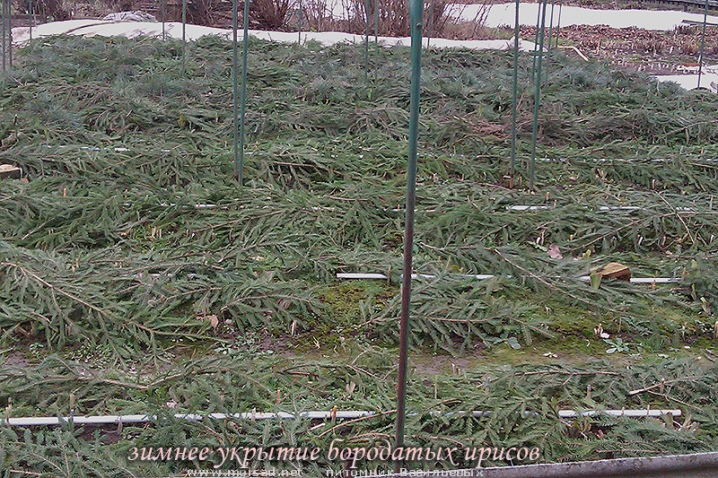
Private opinion
Some gardeners are against covering the irises with a thick layer of mulch for the winter, as they believe that the irises can rot under it. They also recommend that if you cover the irises, then by 2-3 cm: with peat, humus, pine needles, but not with a film. To protect against waterlogging in the spring (this is considered the most harmful for rhizomes), they are closed in autumn with slate or roofing material. Pieces of slate or roofing material are laid on a side of boards or bricks previously prepared along the perimeter of the garden.
This is done so that excess moisture after the snow melts does not cause rotting on the bulbs and rhizomes.
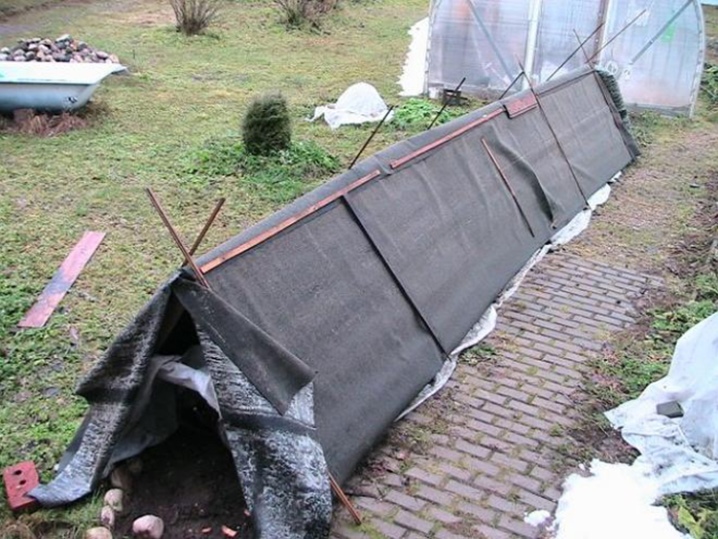
For pruning irises after flowering, see the next video.







































































































The comment was sent successfully.